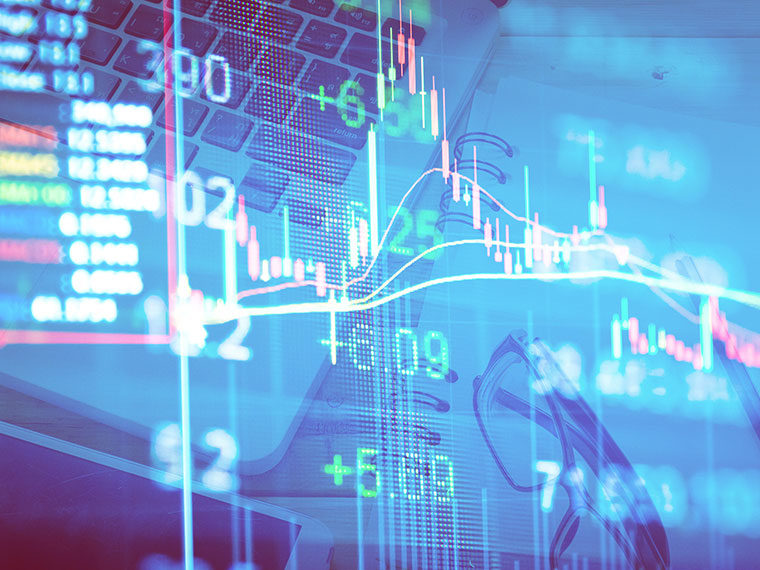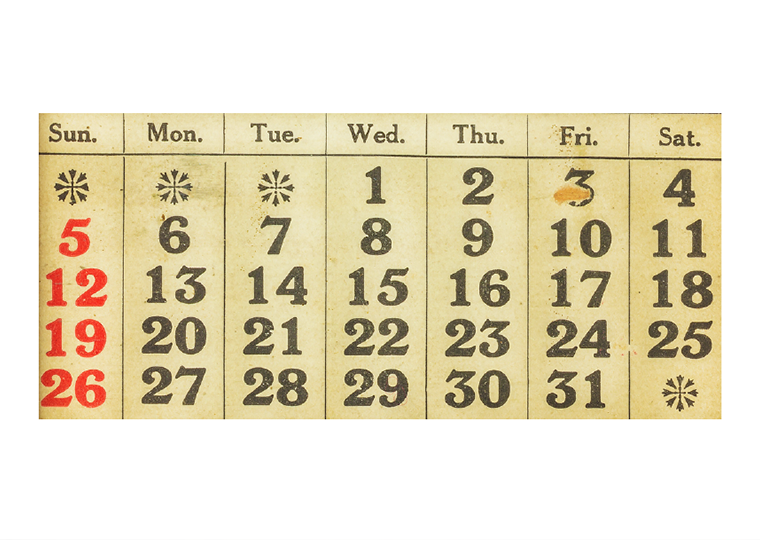Active investors take up some — but not all — of the slack created by index funds
Despite the massive attention paid of late to meme stocks and amateur day trading spurred by no-commission brokerage accounts, the opposite of that approach — passive investing in index funds, a classic buy-and-hold strategy — continues to dominate U.S. stock markets.
The percentage of active investors — those trying to pick stocks to outperform an index — is down in the U.S. market from 78% in 2000 to just 55% in 2019, according to data from Bank of America Merrill Lynch.
In a working paper, UCLA Anderson’s Valentin Haddad and Paul Huebner, a Ph.D. student, and University of Minnesota’s Erik Loualiche develop a framework to measure competition in financial markets and present evidence that the market’s shift from the active to passive investing is reducing competition in the U.S. stock market.
Passive’s Lack of Price Sensitivity and Pull on Market Equilibrium
A central difference between passive and active investing boils down to an investor’s sensitivity to a change in a stock’s price. Active investors are motivated to seek the most promising opportunities for future profit. Thus, when a stock’s price rises, active investors generally are likely less interested in buying. When valuations become cheaper as stock prices fall, active investors are more inclined to buy.
The passive approach, by definition, is price insensitive. Passive strategies have no choice but to continue buying the stocks in the index that they track regardless of whether a stock’s price is rising or falling; a passive strategy can’t increase the weight of a stock in its portfolio when the stock is cheap.
According to market theory, if there is perfect competition in the market, as some investors shift to passive investing, other (active) investors will become more aggressive, and demand for stocks will remain at an equilibrium. This means there should be no change in the overall competition level in the market.
The researchers used U.S. stock market data from 2000 to 2016 to explore if a net change in market competition occurred as passive strategies gained in popularity. They measure competition by how much the demand for a stock changes as the stock’s price changes. Data used to build their framework examining investor behavior comes from institutional investor portfolios extracted from SEC 13F filings.
The findings by the researchers do propose that an investor surrounded by less aggressive investors will start to trade more aggressively just as the market theory for perfect competition states. But their analysis also suggests that as more investors switched to passive investing, the remaining active investors did not increase the aggressiveness of their investing to the extent required for perfect market competition.
Their research suggests that active investors only adjusted enough to make up for 50% of the fall in competition caused by increased passive investing. They suggest that the approximately 30% increase in passive investors over the last 20 years has led to a decrease in market competitiveness by 15%. This means that the shift to passive investing has caused a fairly large change in market competitiveness compared with perfect competition in which no change should’ve occurred.
An Opening for Active Investors?
Another way to view the researchers’ findings is that half of the existing change in demand for stocks due to price sensitivity is simply lost when investors move from active to passive investing. In theory, this could mean more pricing slack in the market for active investors to exploit. Hedge funds, some of the most active investors, have recently seen more money coming their way. Perhaps this is in recognition that the concentration in passive investing creates more opportunities for such investors.
The researchers discuss that potential aggressive trading by quantitative funds with their computing power and access to big data could lead to other investors lowering their competitiveness in the market.
Additionally, the researchers suggest that their framework’s ability to measure competition is relevant to other issues in finances, such as being able to assess the impact of financial regulation on the market and to forecast how aggressively other market participants will react to absorb distressed selling by an institution. (Case in point: Archegos Capital Management, the family office that caused a $20 billion sell-off earlier in 2021 after investment banks liquidated Archegos positions following missed margin calls).
Featured Faculty
-
Valentin Haddad
Associate Professor of Finance
About the Research
Haddad, V., Huebner, P., & Loualiche, E. (2021). How Competitive is the Stock Market? Theory, Evidence from Portfolios, and Implications for the Rise of Passive Investing. Theory, Evidence from Portfolios, and Implications for the Rise of Passive Investing. http://dx.doi.org/10.2139/ssrn.3821263






